All we know about Motorola Moto X: round-up

MOTOROLA'S SECRET SAUCE
1. Customization options galore
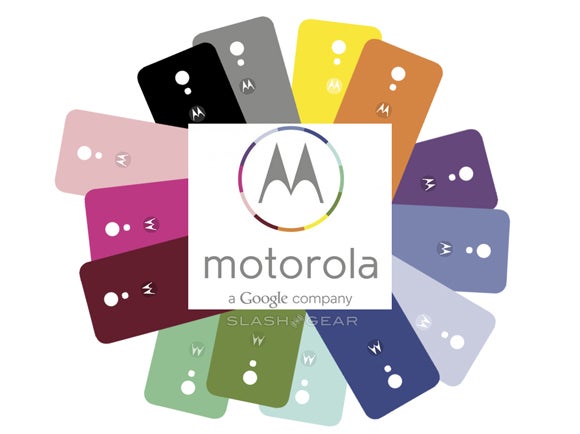
2. Always-on ‘Open Mic’
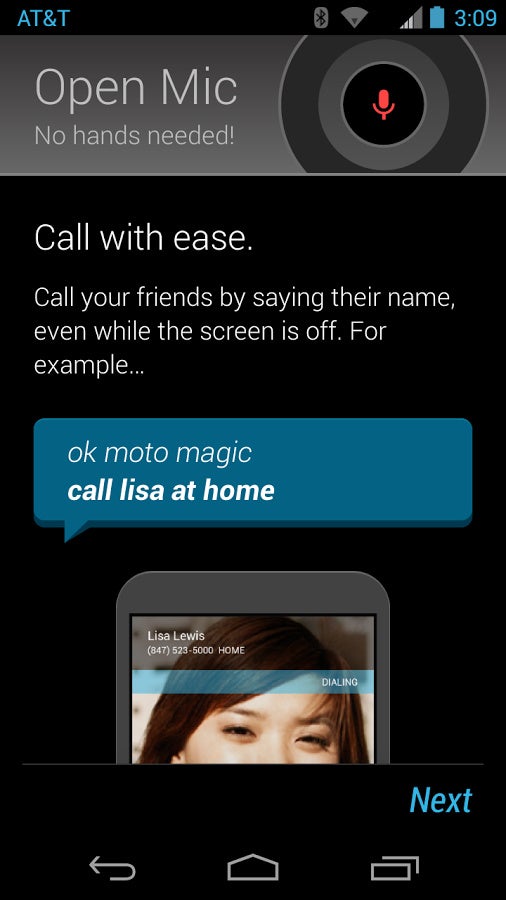
The functionality has already appeared in Google Glass, but the Motorola Moto X will be the first retail device with it.
The ‘always on system’ has been made possible by proprietary dedicated natural language processor that combines input from audio sensors, noise estimators, noise cancellation techniques and Google’s speech recognition cloud brain. Right now, it seems that it will not become part of the Android project - instead it would probably remain a Motorola exclusive, walled in closed proprietary code. Some heavy custom voice processing has to happen to make this possible without killing your battery in hours and Google obviously thinks it has nailed it.
That is not the only software feature that will impress, though. The Moto X will be contextually aware and it will act upon its whereabouts. We have not yet heard about practical uses of contextual aware actions, but we’d guess that the phone would be able to determine when you are at home and when you are at work for instance and change itself to match your needs.
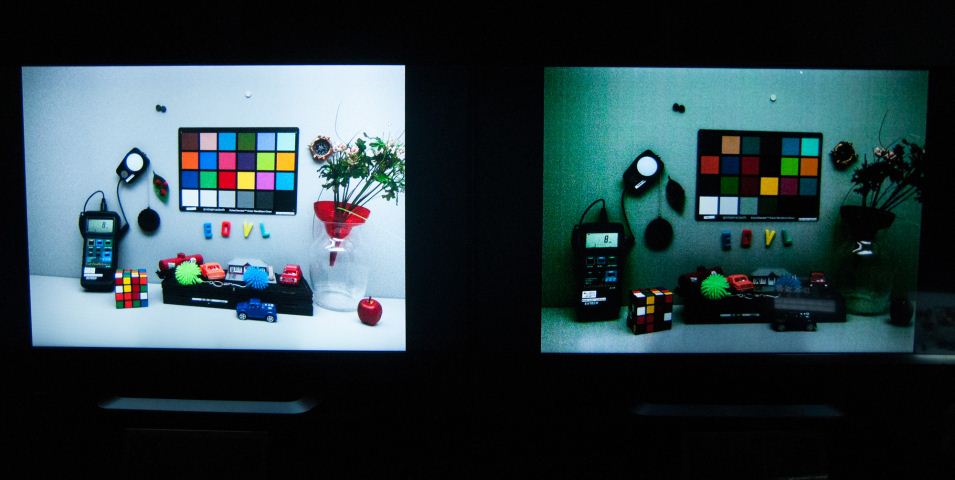
Moto X might produce brighter images, like the one on the left
How is this possible? We have the topic covered in-depth, but let’s just mention that Motorola might use a radically different camera technology with a new filter array on top of the camera sensor. That new filter will allow twice more light in and that’s where the name ‘Clear Pixel’ camera comes from.
We recommend you take a look at our in-depth coverage of the possible technology behind the new Moto X camera where we explain what is the new Clarity Plus filter array and how it is better than a standard Bayer filter. Those terms might seem confusing, but a look at that article will lift the mystery of that upcoming technology.

That’s why Google’s Motorola has decided to change the focus on functionality rather than specs. The Moto X might appear like a mid-range smartphone in 2013 (and it is - by pure specs), but it is also much more than that.
With that disclaimer in mind, here are the rumored specs, chances are they won’t differ much from the official ones:
- 4.7-inch 720 x 1280 pixel display of unknown kind
- 1.7GHz dual-core MSM8960 Pro (an updated Snapdragon S4 Plus with an Adreno 320 GPU)
- 2GB of RAM (possibly subject to customization)
- 16GB of storage (subject to customization)
- 10MP rear camera
- 2MP front camera
- 4G LTE (possibly 4G LTE-A) connectivity, dual LTE (dLTE) Multiple Input Multiple Output (MIMO) Smart Antenna
- ‘Industry leading’ battery life
- ‘Pure’ Android, to support ‘fast upgrade cycles’
AFFORDABLE PRICE AND RELEASE DATE SOON
The biggest unknown around the Moto X remains its price. Rumors split on this, but we tend to believe that Motorola will make this an extremely affordable device. Think no contract ties and still price of between $199 and $299.
The Moto X is the first device that would truly show how Google has transformed Motorola and we are very excited about it. Good news is we should not wait long until we get to see it officially. PhoneArena originally broke the story that the Moto X is coming to Verizon on August 23rd, so the official unveiling should come in the next couple of weeks, likely in early August.
The US will be the first to get it in Q3, but other countries including Europe should also taste the kind of innovation Moto X brings in Q4. We expect to see it on all major U.S. carriers including Verizon and AT&T, and it seems that AT&T will have some kind of an exclusive on it - possibly a material or color.
Follow us on Google News




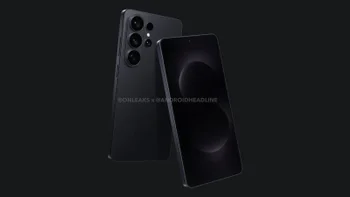



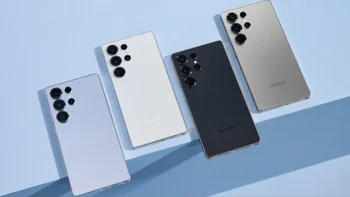
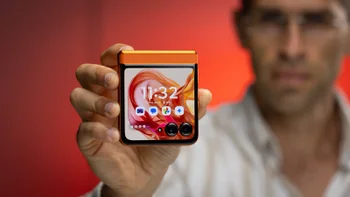

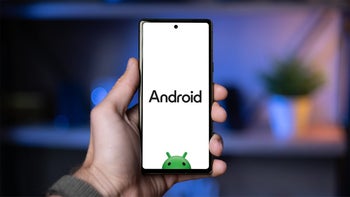
Things that are NOT allowed:
To help keep our community safe and free from spam, we apply temporary limits to newly created accounts: